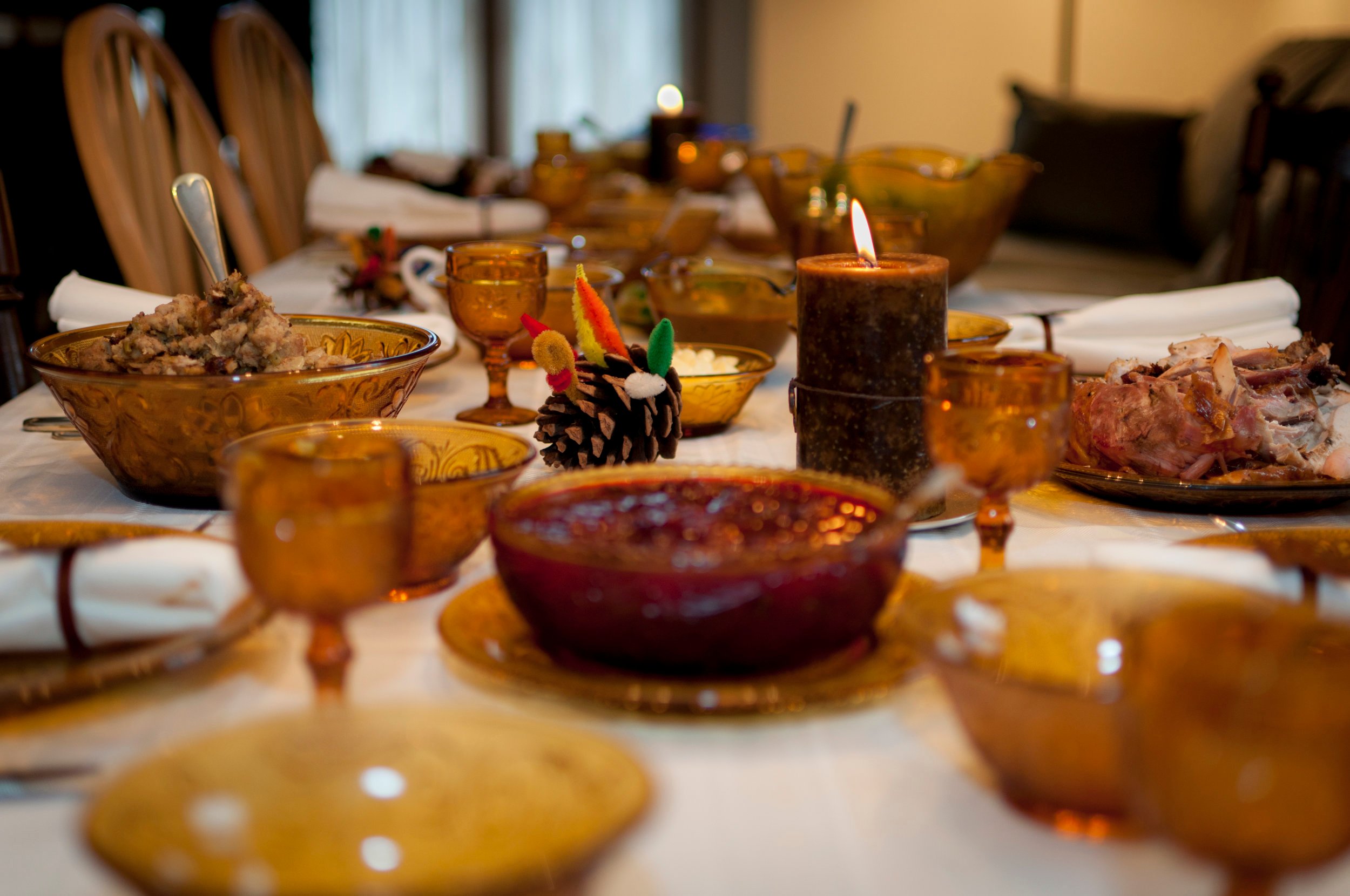When we think about holidays, we think about spending time with family and the delicious food that will be prepared to celebrate these special moments. But let’s face it, keeping control of being surrounded by cupcakes and French fries can be very frustrating, and if we’re not careful, we can continue to overeat even after the holidays. A high carbohydrate diet can cause us to increase blood sugar levels or cause us to gain weight rapidly.
Eating healthy during the holidays does not mean sitting in another room eating carrots while family and friends have fun. There are no prohibited foods for people with diabetes. You can enjoy some sweets during the holidays while maintaining a healthy eating plan. If you follow these simple steps, you can eat your favorite food without abandoning your healthy habits:
-
Use the plate method to portion meals:
As you build food plates during the holiday season, imagine that they are divided into three sections. Follow this design:
- ¼ Lean protein dish: turkey and skinless chicken, lean beef, fish, beans, lentils.
- ¼ Plate for carbohydrates: grains, pasta, potatoes, bread.
- ½ Green vegetable dish: non-starchy vegetables such as spinach, broccoli, green beans, asparagus.
-
Check your blood sugar levels frequently:
If you are using insulin or other medications that help lower your blood sugar levels, check your sugar levels more frequently than usual, especially before driving or when you are going to adjust your insulin dosage.
-
Budget your sweets and treats:
Try to avoid eating more sweets and treats additional to your carbohydrate budget. But if you went overboard at party food, take the tennis shoes out of the closet and go for a walk. Exercise can compensate for some of those extra carbohydrates and calories.
-
Prepare a healthy dish to bring to the party or family meeting:
You can prepare healthy low-fat or sugar dishes. Your best option is to start using fruits to sweeten meals. By adding fruit to as ingredients, you completely avoid added sugars and sugar alcohols and get the added benefit of dietary fiber, which is better for blood glucose control.
-
Limit your alcohol intake:
Drinking alcohol can affect your sugar levels, especially if you have not eaten anything for hours. The calorie and sugar content in alcoholic beverages may vary so it is important to find the nutritional information about your favorite beverages. For people with diabetes, the recommended alcohol allowance for women is no more than one drink per day and for men, no more than two per day (one drink is equivalent to 4 ounces of wine or 12 ounces of beer or 1 ounce of distilled beverage).
Finally, planning meals and drinks for the holidays can help ensure that sugar levels remain controlled. Stay focused on enjoying the fun time spent with family and friends, and the special meaning of those traditions and celebrations.
